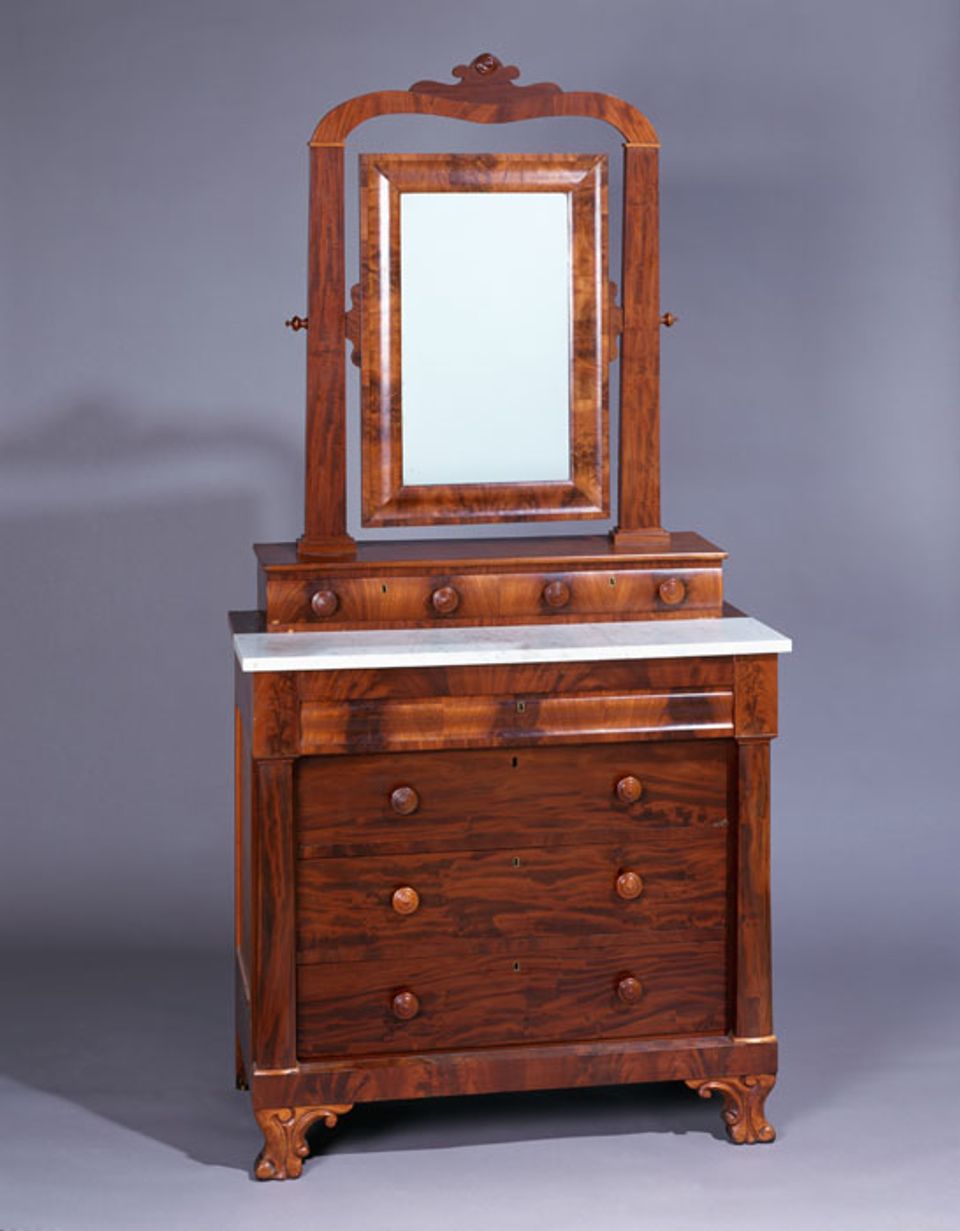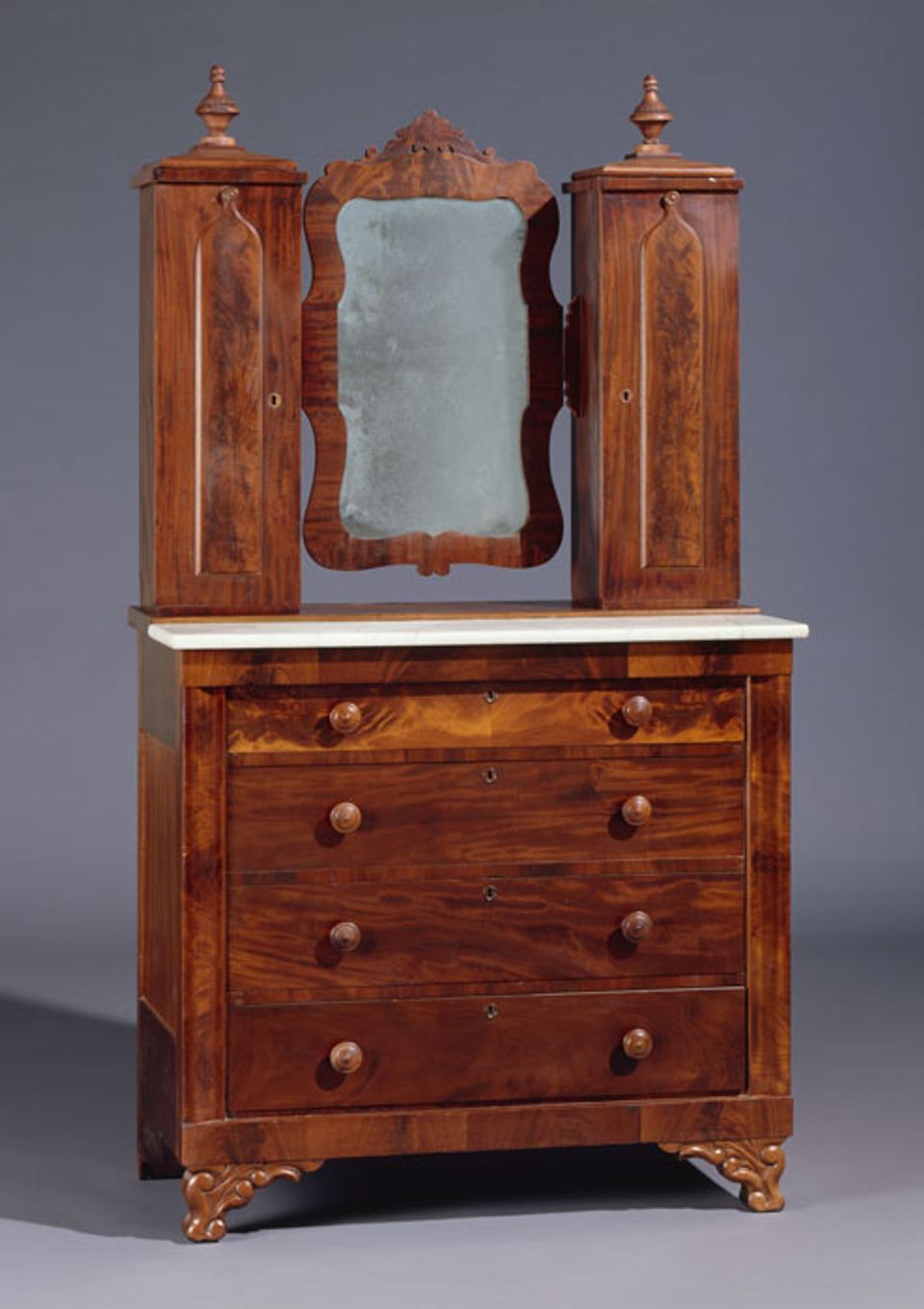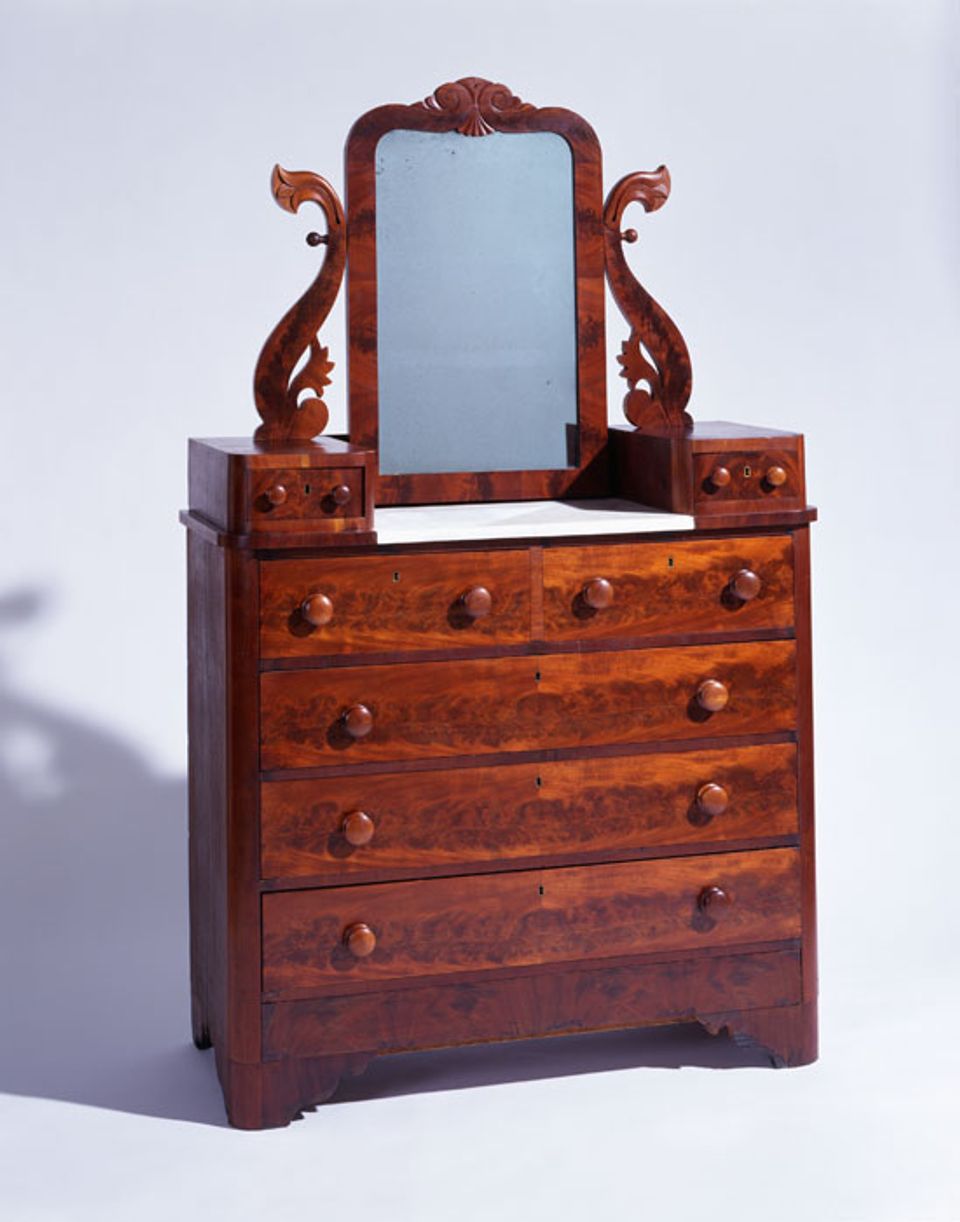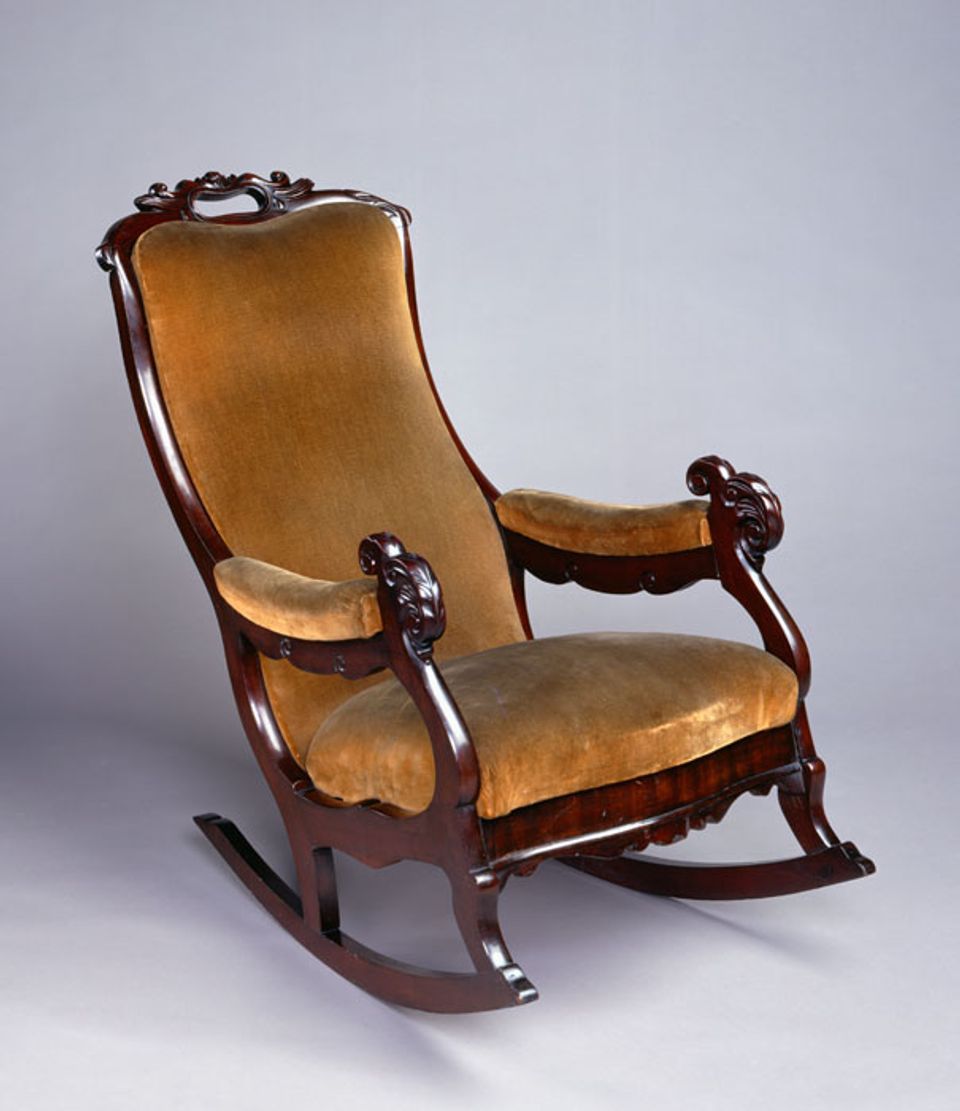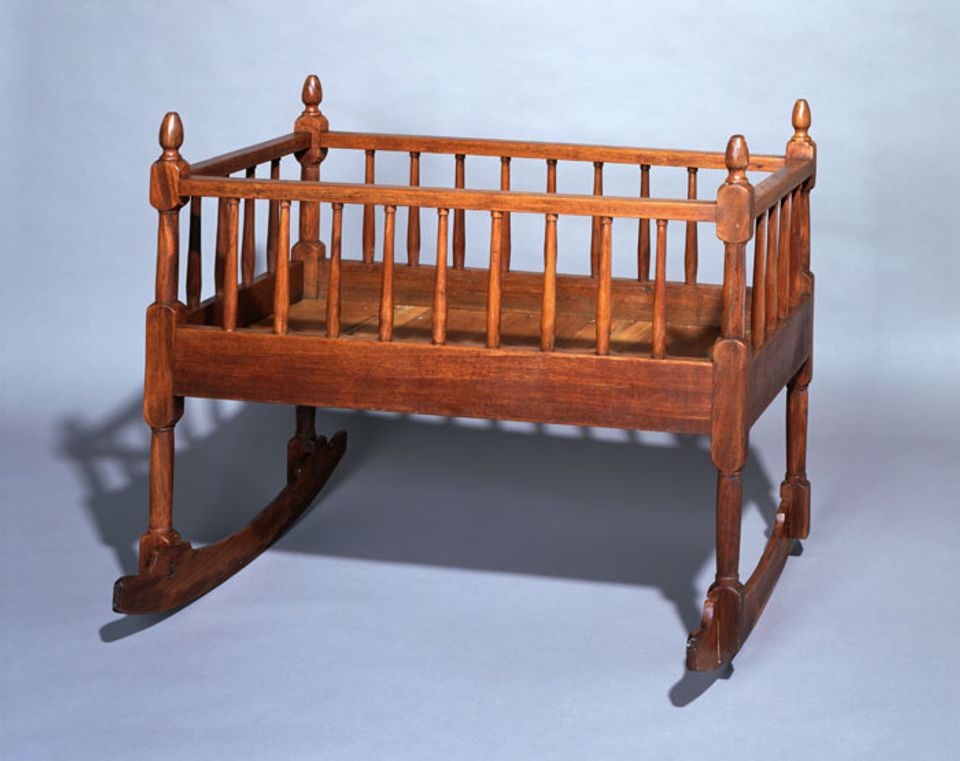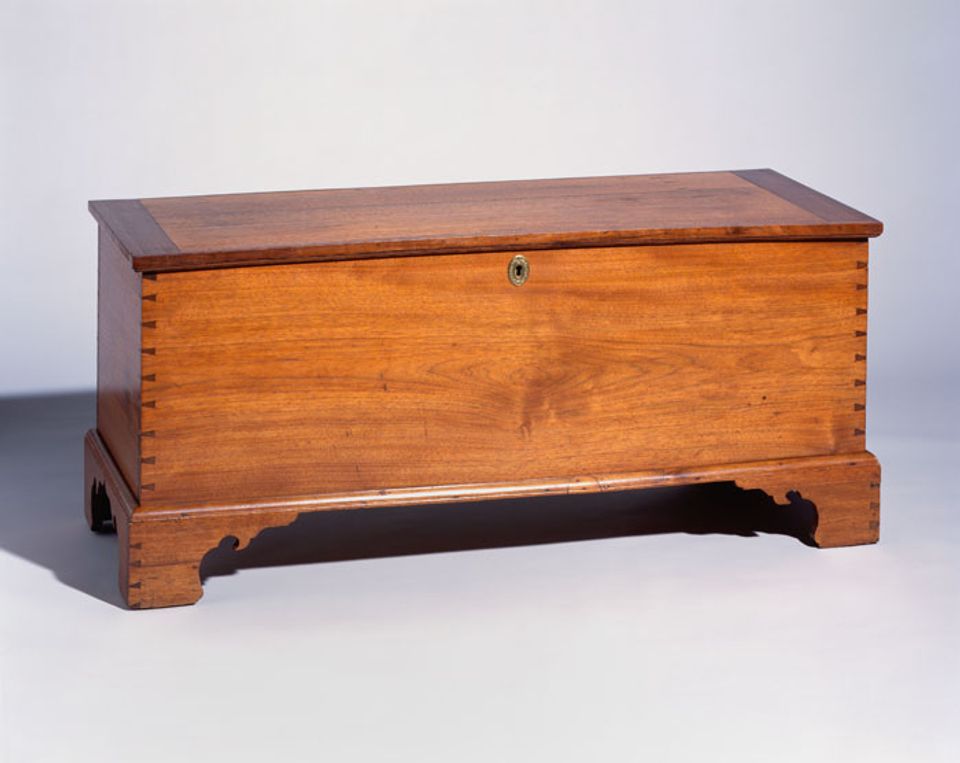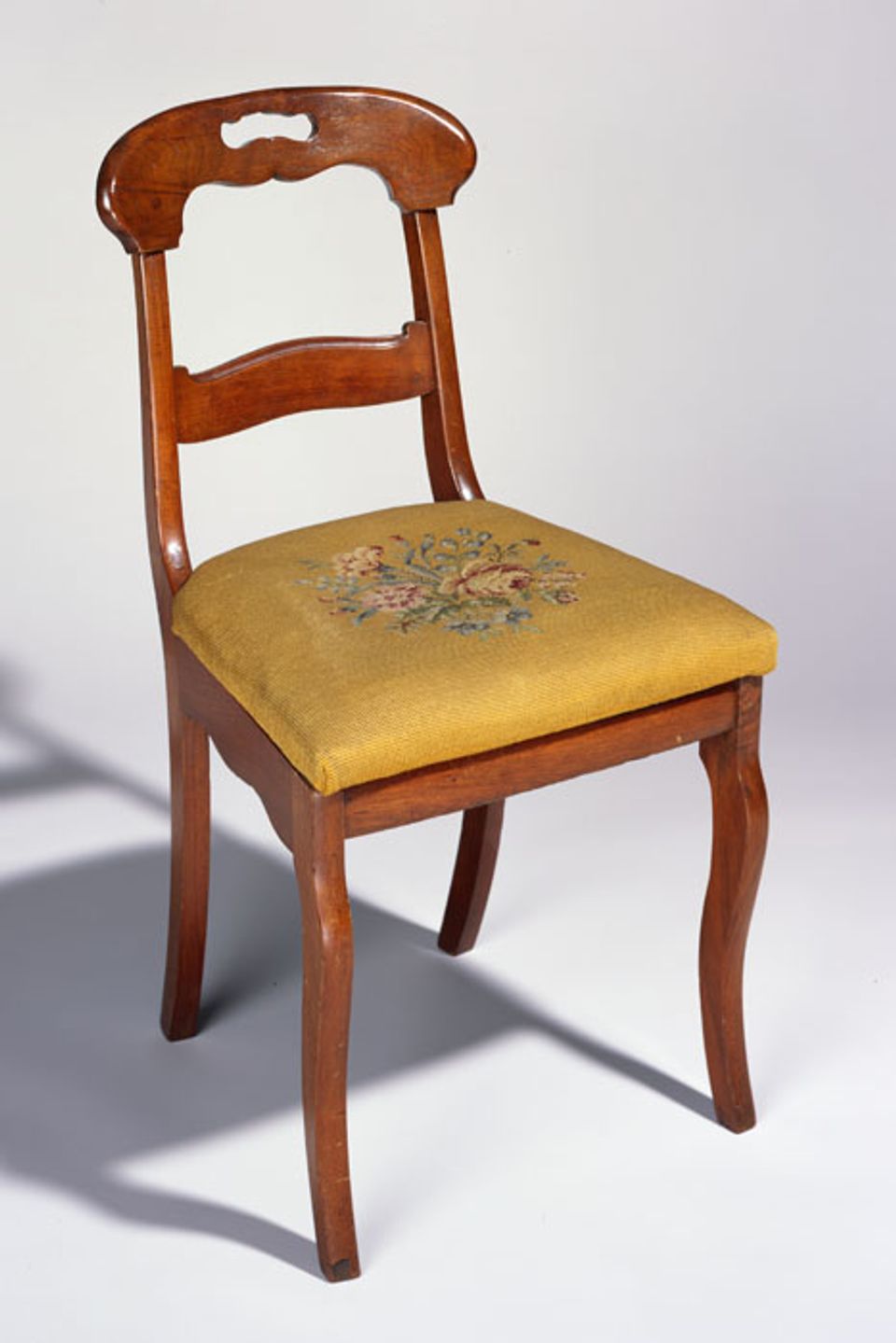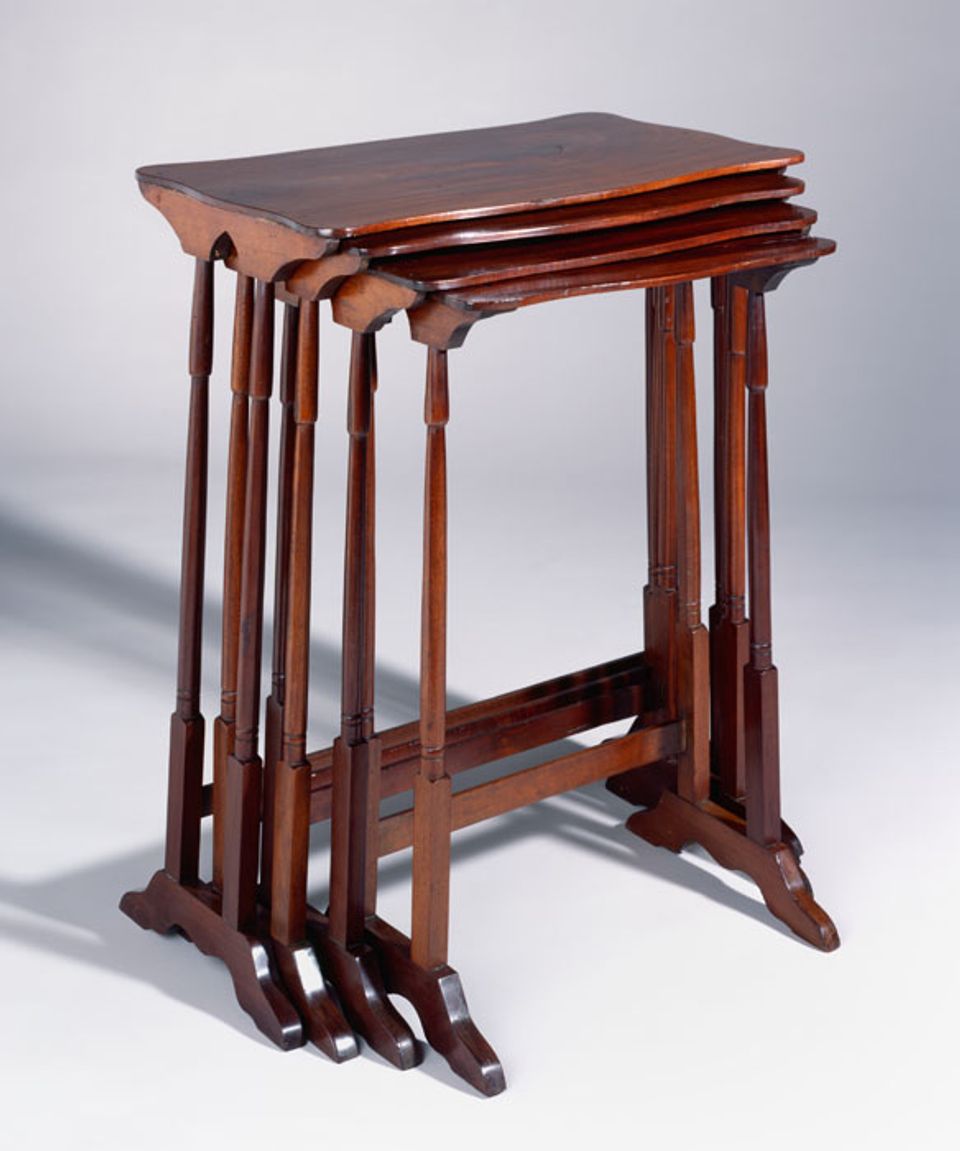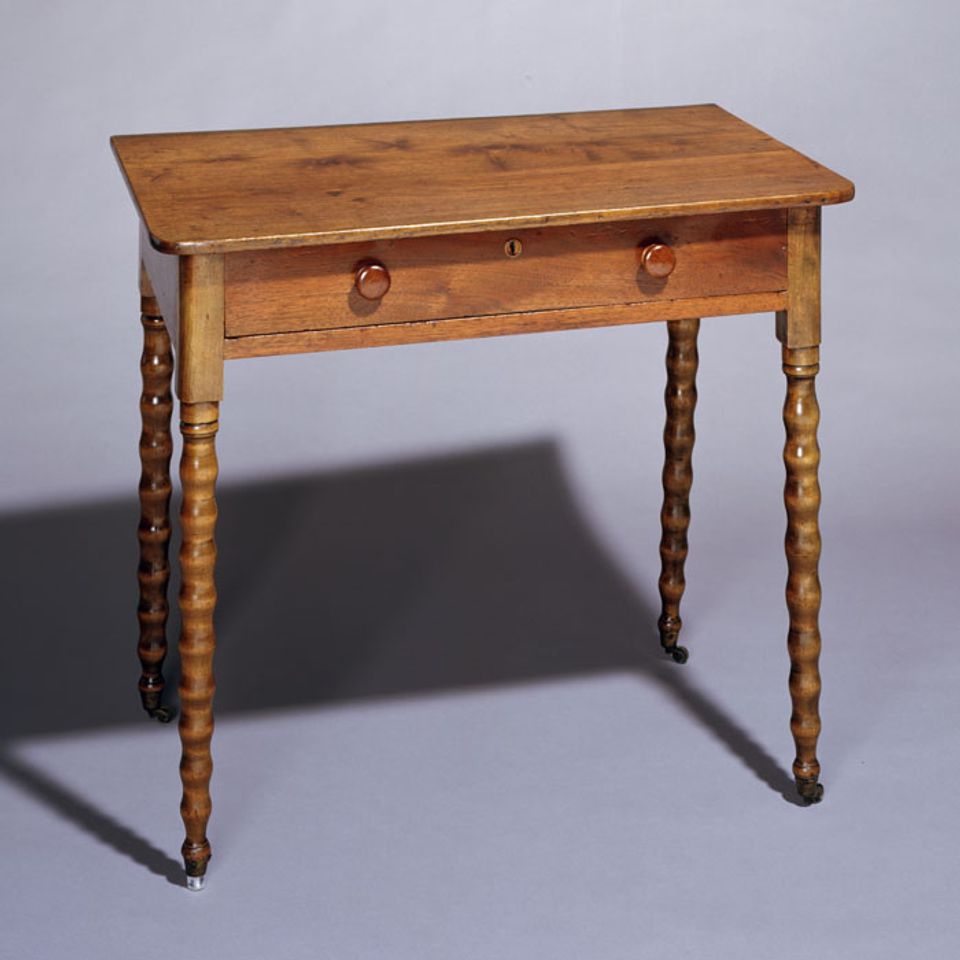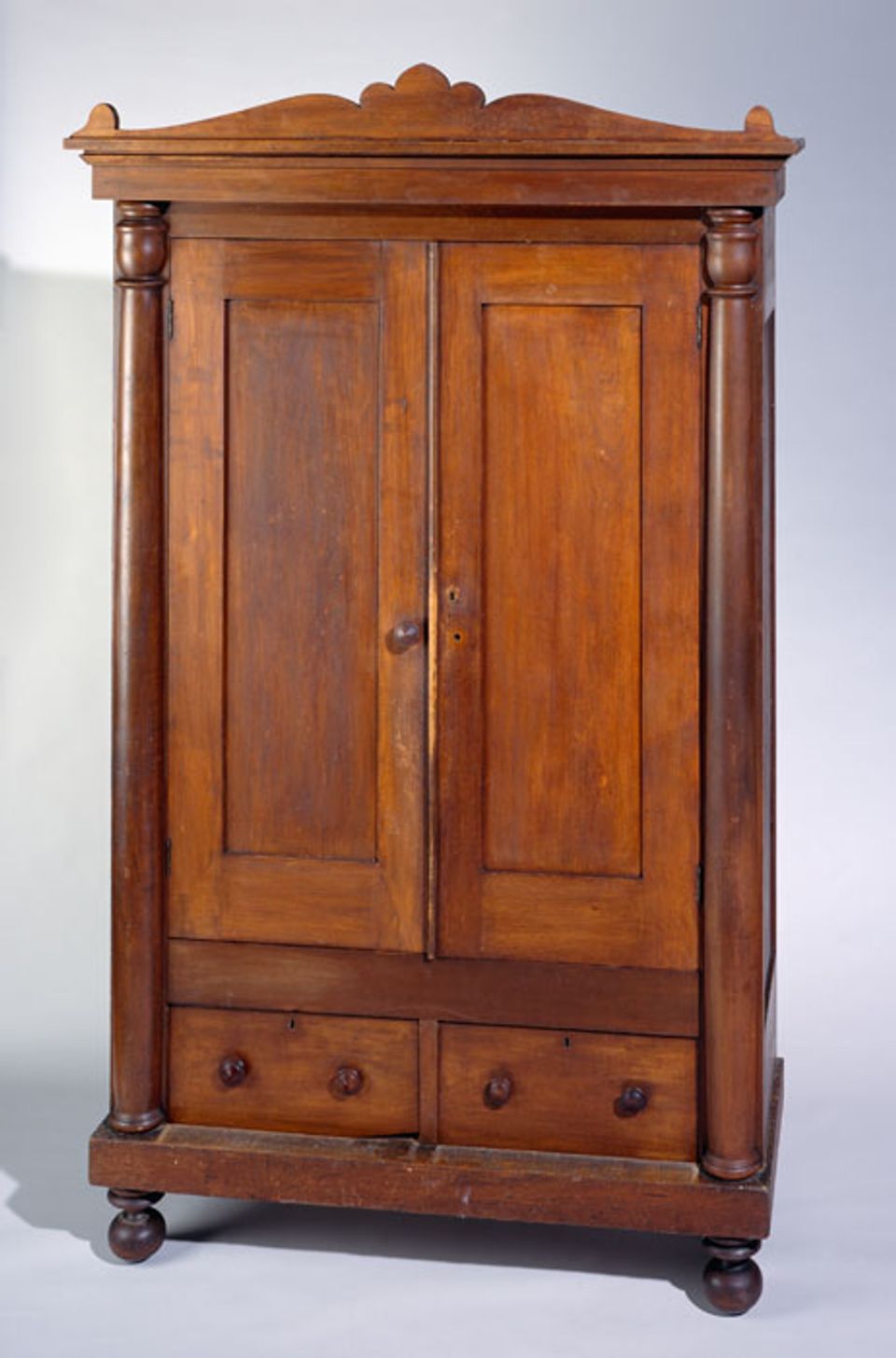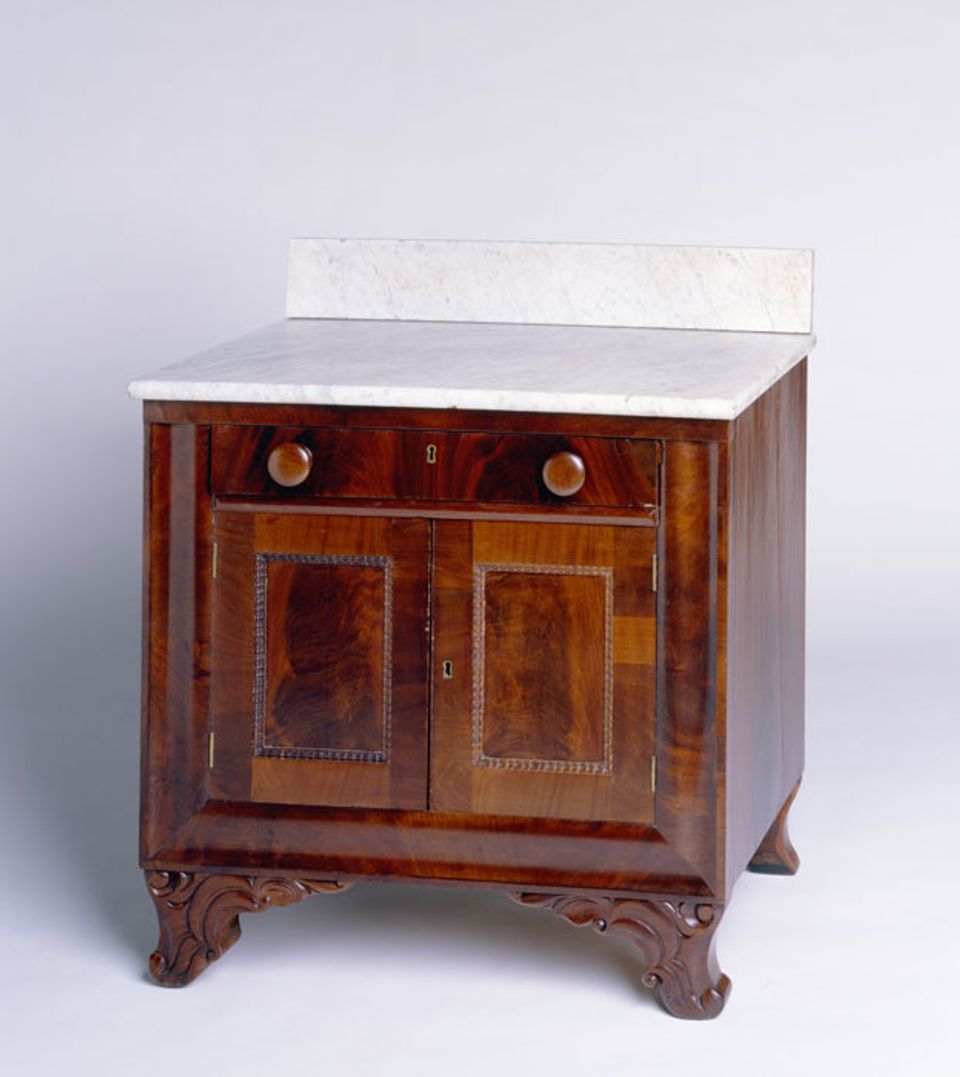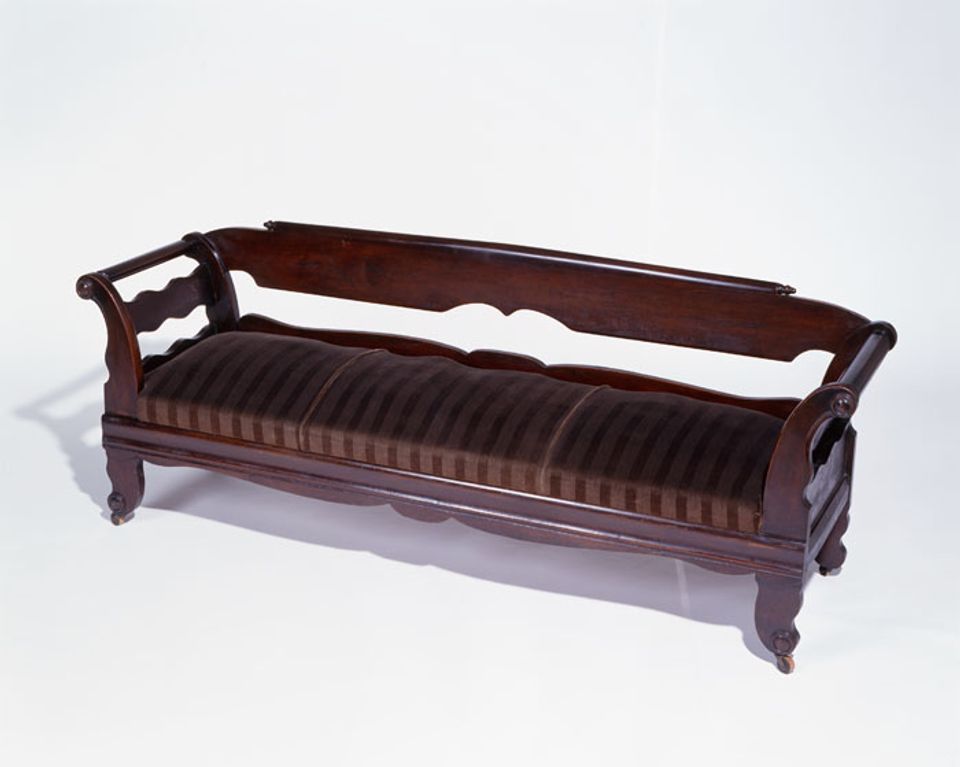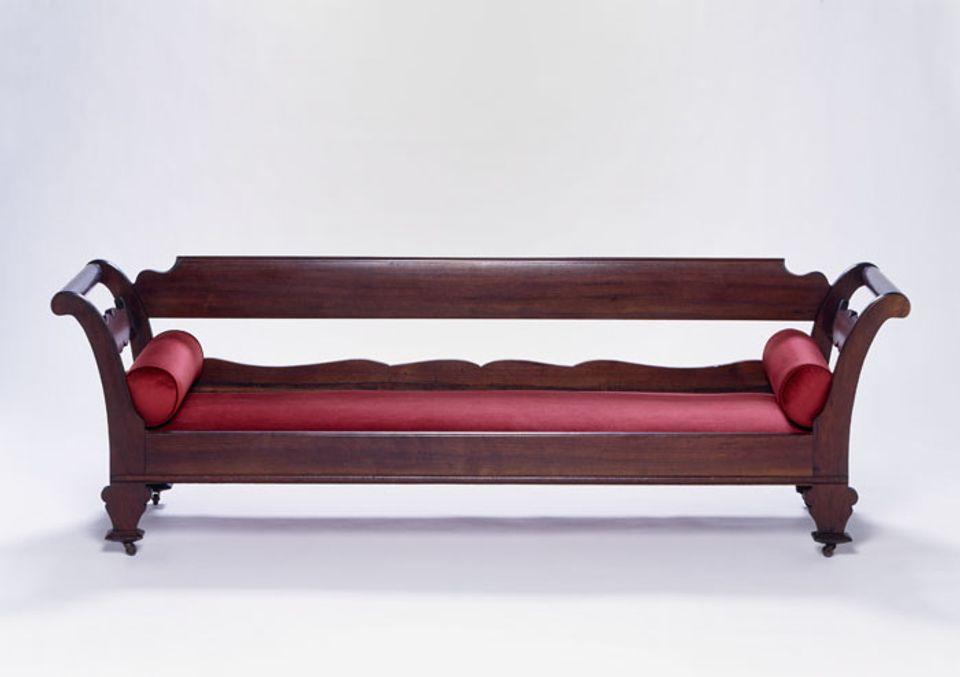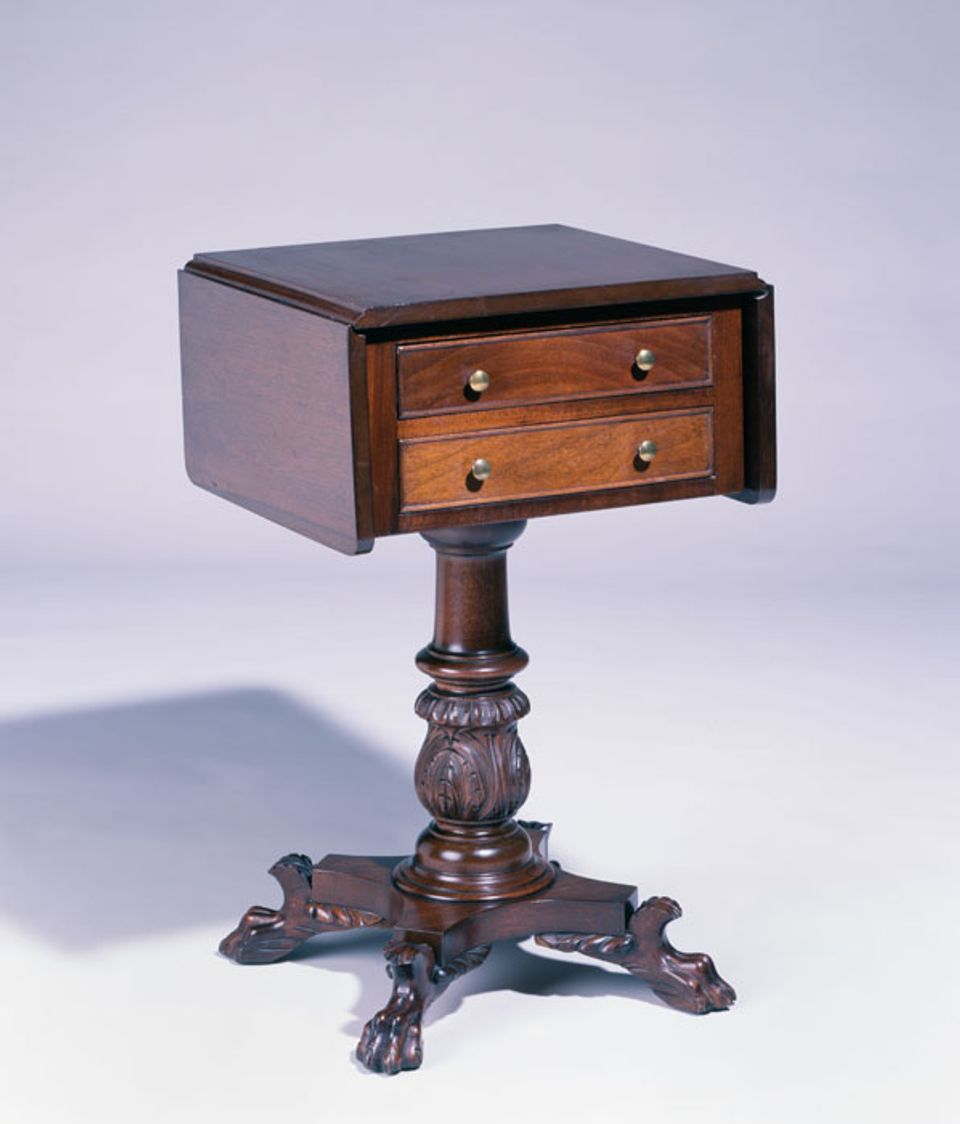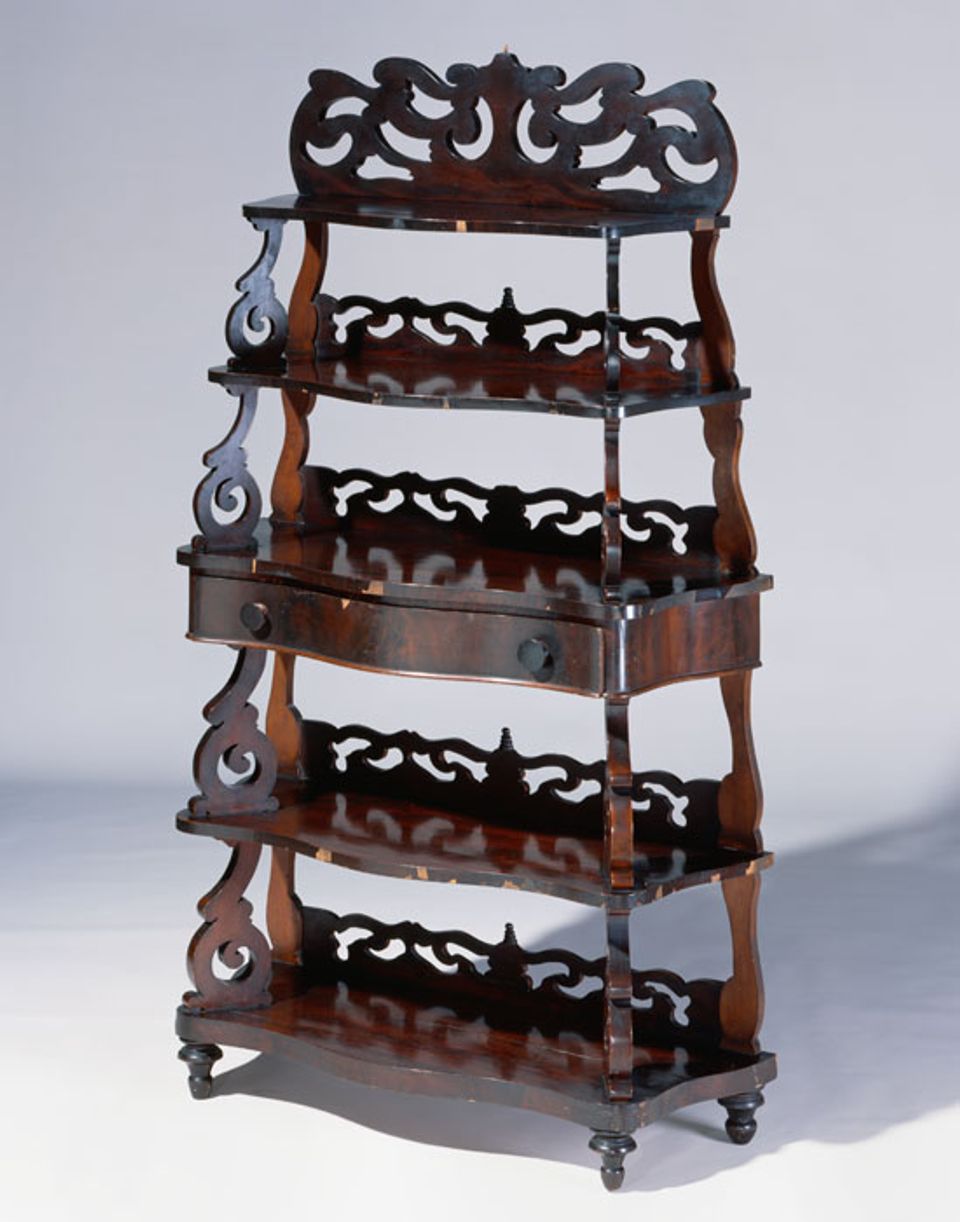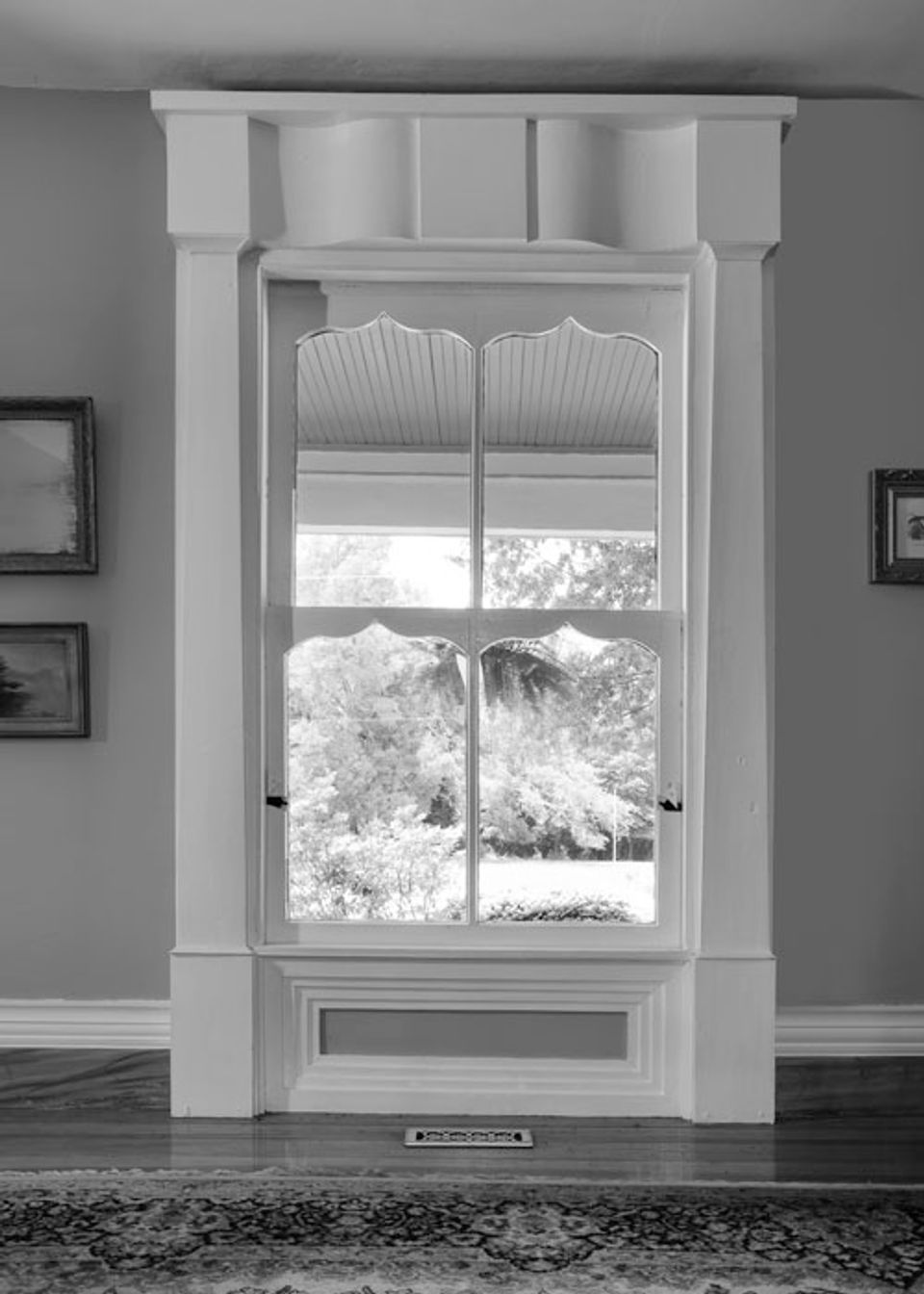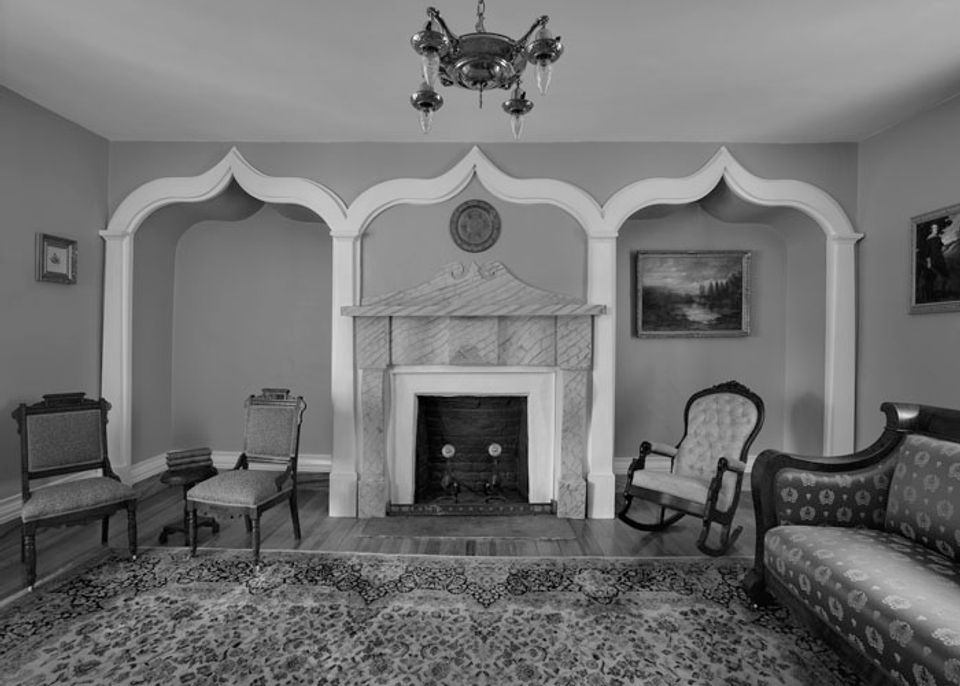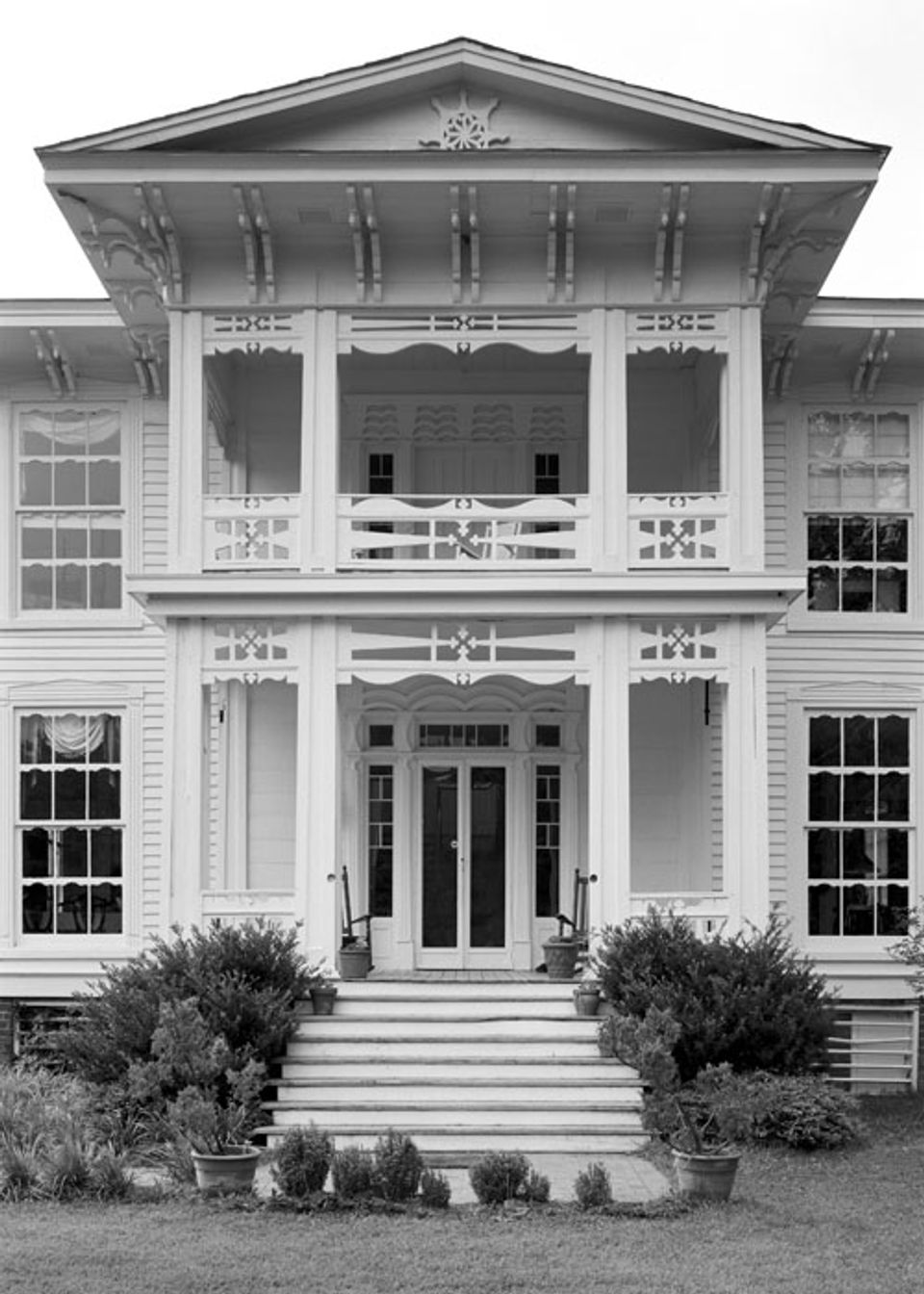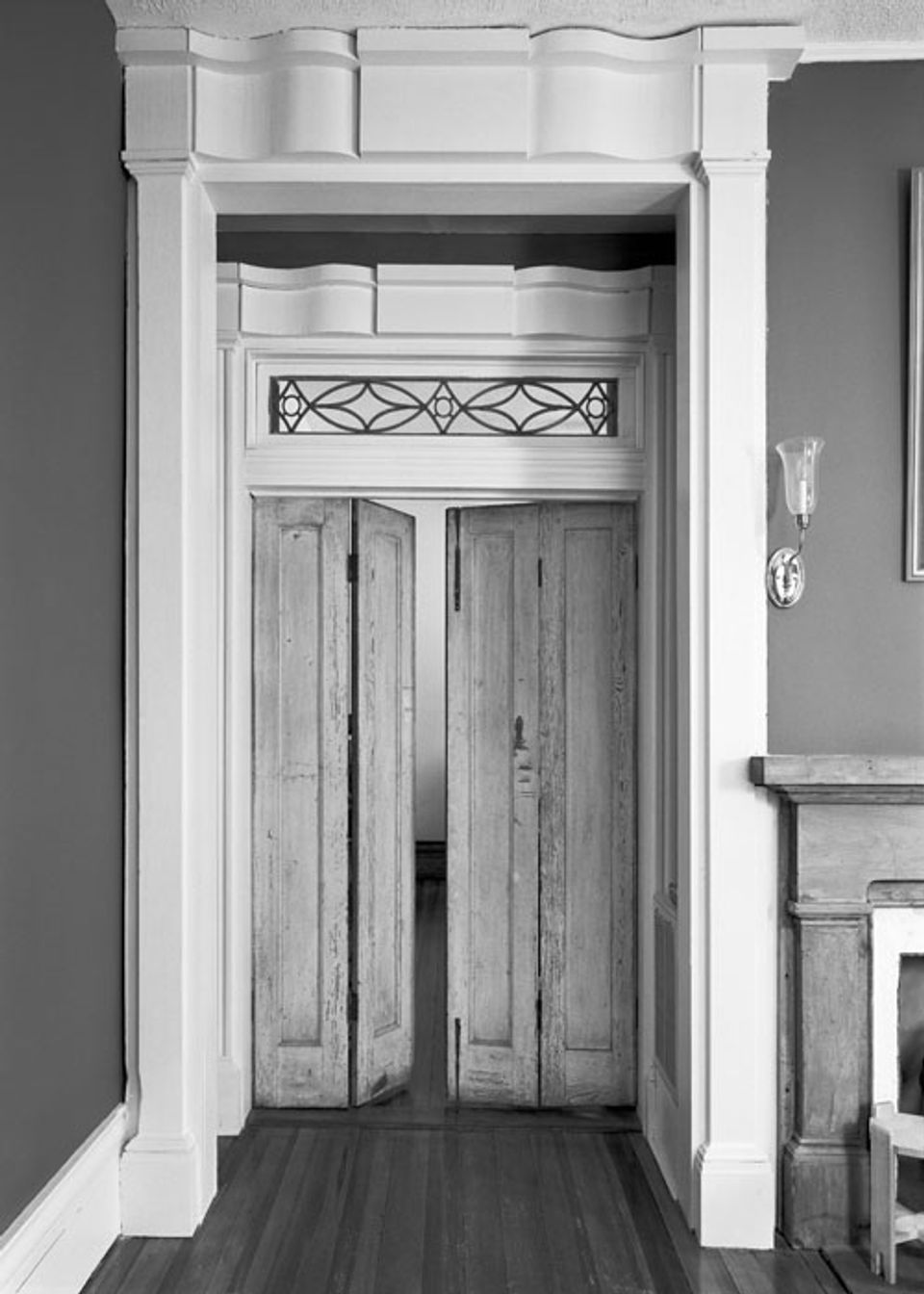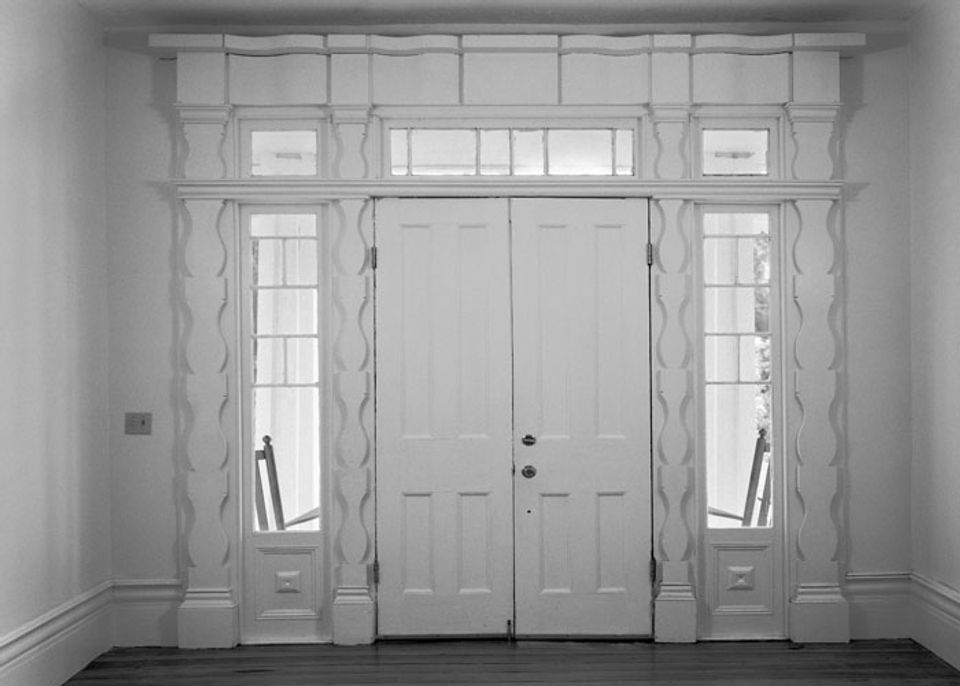Thomas Day: Master Craftsman and Free Man of Color
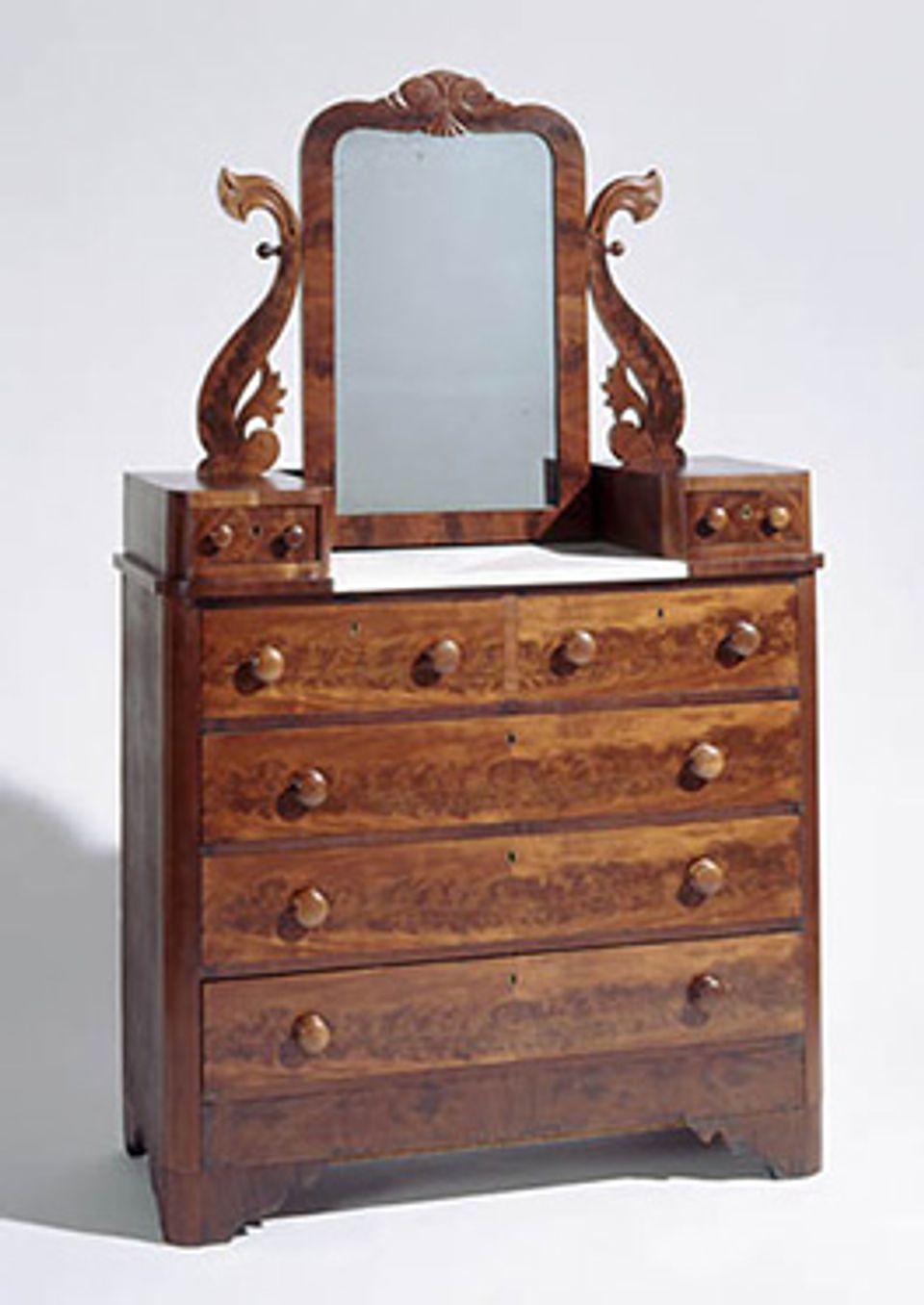
Thomas Day, Open-pillar bureau, 1855, mahogany, mahogany veneer over yellow pine and poplar, Collection of the North Carolina Museum of History, acquired with funds donated by Delta Sigma Theta, Inc. Furniture photography by Eric N. Blevins and D. Kent Thompson of the North Carolina Museum of History.
Thomas Day: Master Craftsman and Free Man of Color fully examines the extraordinary career of Thomas Day (1801 – about 1861), who owned and operated one of North Carolina’s most successful cabinet shops before the Civil War. His surviving furniture and architectural woodwork still represent the finest of nineteenth-century craftsmanship and aesthetics. The late Patricia Phillips Marshall, who organized the exhibition at the North Carolina Museum of History where she was a curator, has called Day one of the fathers of the North Carolina furniture industry.
Description
Thomas Day was a master cabinetmaker and entrepreneur whose business flourished during a time when most African Americans were enslaved and free blacks were restricted in their movements and activities. During the antebellum years (1820–1861), North Carolina planters used both classical architecture and fine furniture to convey economic status and gentility. Day, whose father was a cabinetmaker, opened his shop in 1827 in Milton, North Carolina, where he created fine furniture and architectural interiors for an elite clientele. Day’s style is characterized by undulating shapes, fluid lines, and spiraling forms. He combined his own unique motifs with popular designs to create a distinctive style readily identified with his shop. Day is the only documented American cabinetmaker to offer clients both architectural elements for their Greek Revival homes and furniture incorporating the same classical motifs. To date, woodwork in about eighty homes in rural North Carolina and Virginia has been attributed to Day.
This exhibition presents a remarkable range of items produced in Day’s shop from 1830 to 1860. The exhibition showcases thirty-nine pieces of furniture crafted by Day or attributed to his workshop. The exhibition also includes a Bible owned by Day, three period quilts from the collection of the Smithsonian American Art Museum, historic photographs and contemporary photographs of architectural interiors designed by Day. A majority of the loans are from the North Carolina Museum of History, which has the largest collection of furniture made by Thomas Day.
Eight short videos, produced by the North Carolina Museum of History, run continuously in the exhibition. Each woodworking demonstration features period tools and techniques used in Thomas Day’s workshop.















